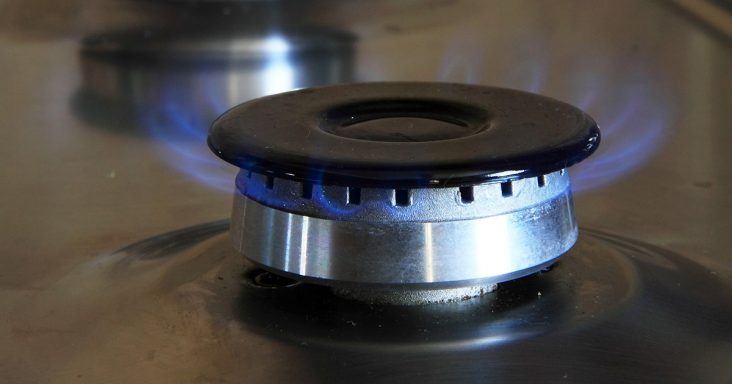Natural gas storage to hit record level by November
by March 3, 2020 3:44 pm 735 views

Natural gas inventories in the lower 48 states are expected to be 1.93 trillion cubic feet as of March 31, which is the end of the winter heating season, according to the U.S. Energy Information Administration (EIA). The amount is 12% more than the previous five-year average, and the rise can be attributed to mild winter temperatures and increasing production.
Net injections during the refill season, which runs from April 1 to Oct. 31, are expected to bring the total working gas in storage to a record monthly level of 4.02 trillion cubic feet by the end of the season.
Mild winter temperatures have put downward pressure on natural gas prices and led to smaller withdrawals from storage, according to the EIA. In 2019, a rise in dry natural gas production and natural gas exports, including liquefied natural gas (LNG), also impacted natural gas storage levels. On Oct. 11, 2019, the total natural gas in storage exceeded the previous five-year average for the first time since mid-2017. The five-year average indicates typical storage levels.
Total natural gas in storage at the start of the heating season was 3.72 trillion cubic feet on Oct. 31, 2019. Storage withdrawals are expected to be 1.79 trillion cubic feet by the end of March. This would be the least natural gas withdrawn from storage during a heating season since the winter of 2015-16 when temperatures were also mild.
Injections into and withdrawals from natural gas storage are expected to provide balance for seasonal and other fluctuations in consumption. Natural gas demand is greatest in the winter when residential and commercial demand rises for natural gas for space heating. Natural gas consumption in the power sector is the greatest in the summer when overall electricity demand is high because of air conditioning.
Total working natural gas in storage is expected to exceed the previous five-year average for the remainder of 2020, according to the EIA. Dry natural gas production is expected to fall, and natural gas consumption in the electric power sector is projected to rise while natural gas exports increase. Monthly natural gas production is projected to fall in 2020 from record levels in 2019 as lower natural gas prices reduce incentives for natural gas-directed drilling and as lower crude oil prices reduce incentives for oil-directed drilling and related gas production.
